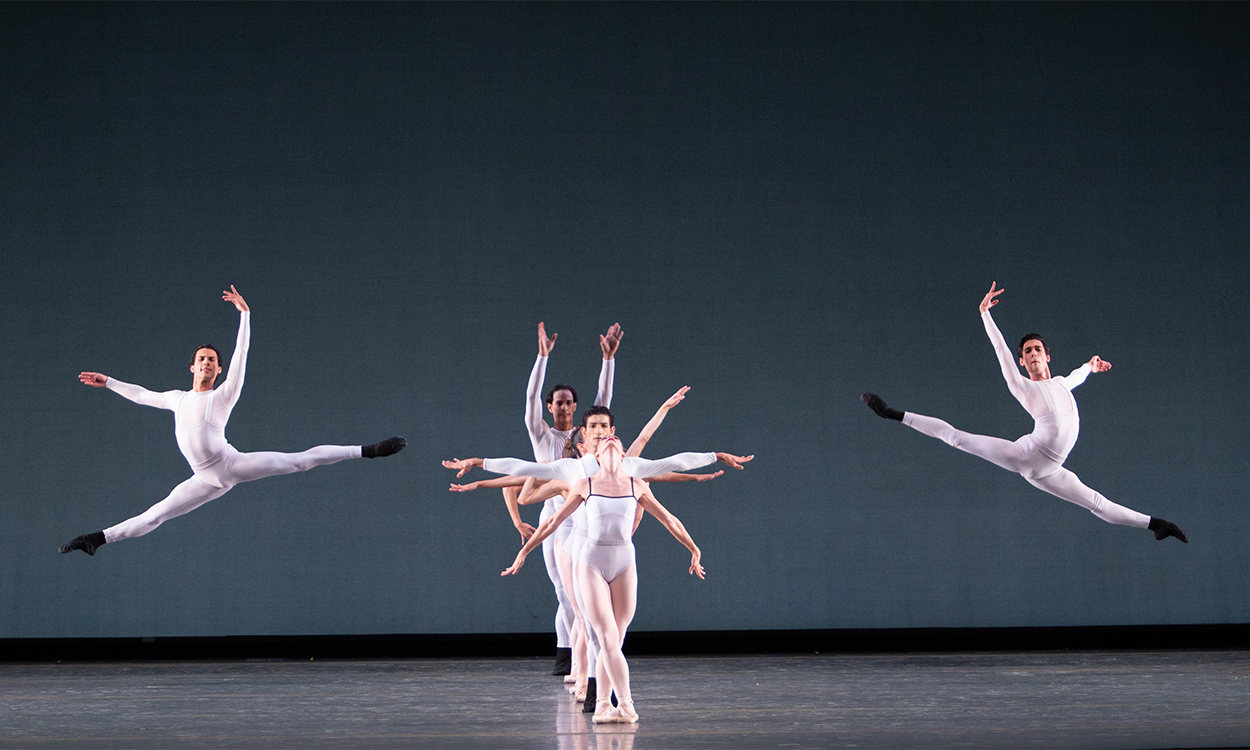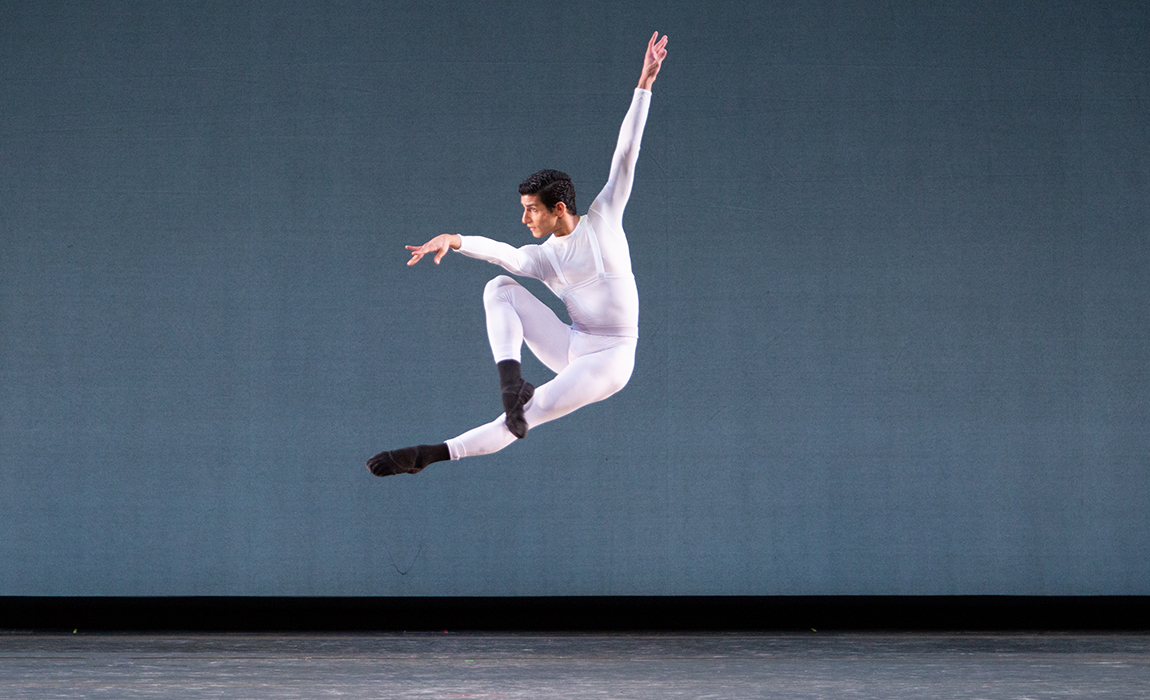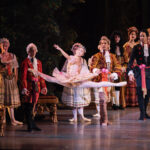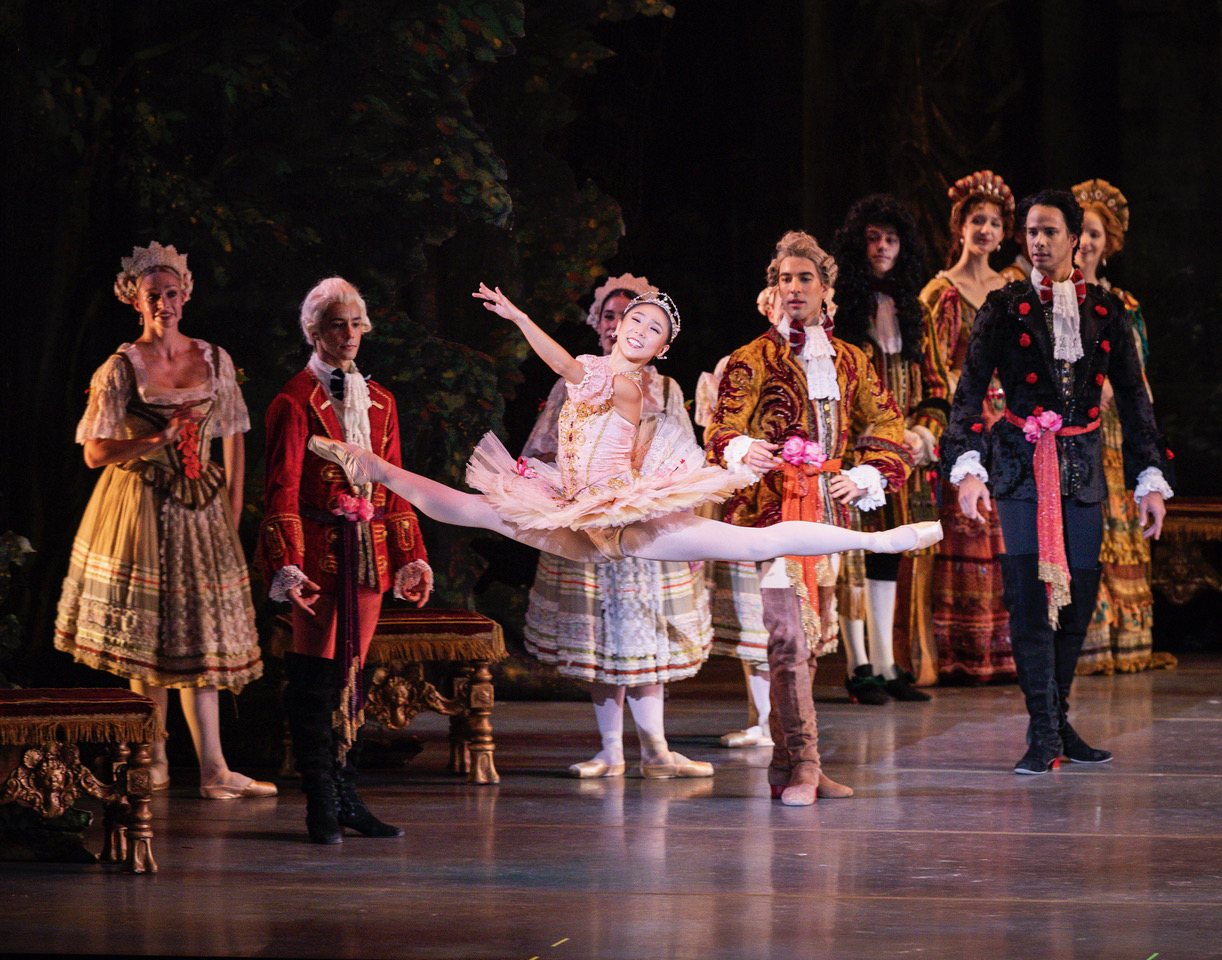
Modern dance. Contemporary dance. To the average dance enthusiast, these terms might appear to be synonymous. However, this couldn’t be further from the truth. Since there seems to be some confusion about what these terms actually mean, we’ve broken down some of the key differences for you below!
Modern dance is codified. Just as classical ballet has many different techniques (Vaganova, Cecchetti, Bournonville, Balanchine, French, etc.), so too does modern dance. Some of the most notable modern dance techniques are Graham, Taylor, Cunningham, Limón, Dunham, Duncan, and Horton. Named after the modern dance pioneers who created them, these techniques all have specific rules that govern body placement, movement qualities, and choreographic composition.
Contemporary dance is a little more vague and all-encompassing. Unlike modern dance, contemporary dance is not codified. While definitions vary, one we like describes contemporary dance as a style of expressive dance that combines several elements of several dance genres including modern, jazz, lyrical, and classical ballet. Contemporary, by definition, means happening or existing at the same time, and is often used to describe dance works that are created in the present or recent past. Contemporary dance choreographers sometimes aim to break away from the restraints of traditional techniques and compositional styles and can use the contemporary dance label as a way to experiment with new ideas and challenge convention.
Dance Magazine spoke with several dance professionals about their thoughts on the topic. Here are a few descriptions that we found interesting:
Jean Freebury, reconstructor and former member of the Merce Cunningham Dance Company, thinks that “modern [dance] is something older that comes from a certain time and speaks about getting away from classical dance, as opposed to integrating it.” She goes on to mention that “contemporary is more a term you would use for something current, but it has a more integrated aspect, so you’d use a mixture of things—ballet and modern. Different generations also have different styles.”
Ray Leeper, Director of NUVO Dance Convention, choreographer for So You Think You Can Dance and many others say “contemporary is anything current. It’s more of a style, but rooted in technique, because it’s a fusion of several techniques—ballet, jazz, modern.”
Mia Michaels, choreographer for So You Think You Can Dance and various pop stars and dance companies admits that she is “a little responsible for So You Think You Can Dance co-opting the term ‘contemporary.’” She continues by saying, “when we first started the show, Nigel [Lythgoe] was calling it lyrical. I said, ‘It’s not lyrical, it’s contemporary.’ We’ve created a monster. Contemporary is an easy way out—it’s when you don’t know what to call it, you call it contemporary.”
Because of the vagueness and (sometimes) avant-garde aesthetic that is associated with contemporary dance, a stigma exists that prevents people from attending shows that feature contemporary work. We’re here to tell you that you needn’t be afraid of contemporary dance! Although the lines, forms, and compositions may look different, they are still firmly rooted in the classical techniques we all know and love.






